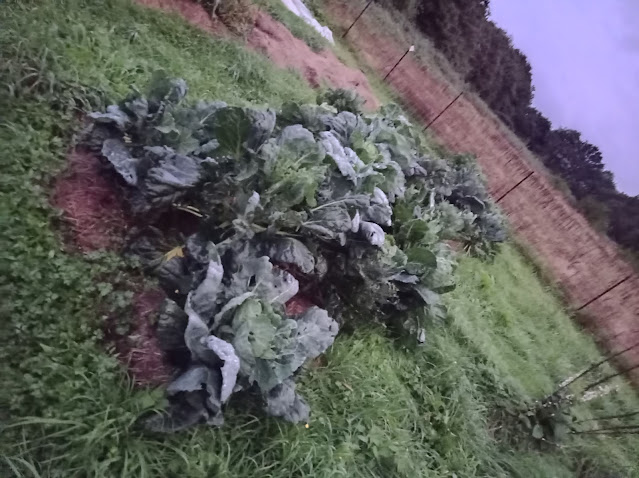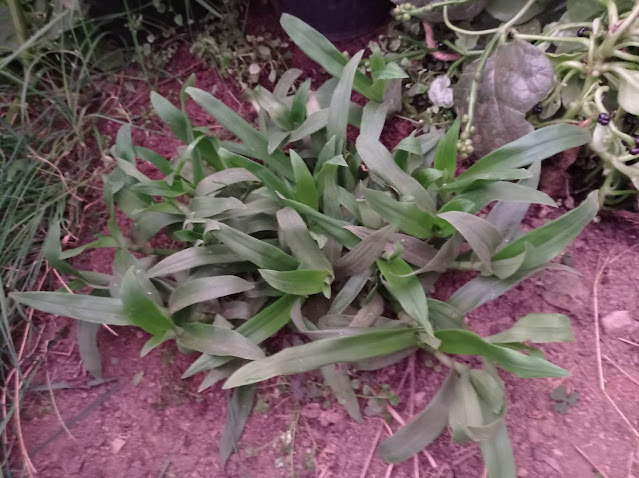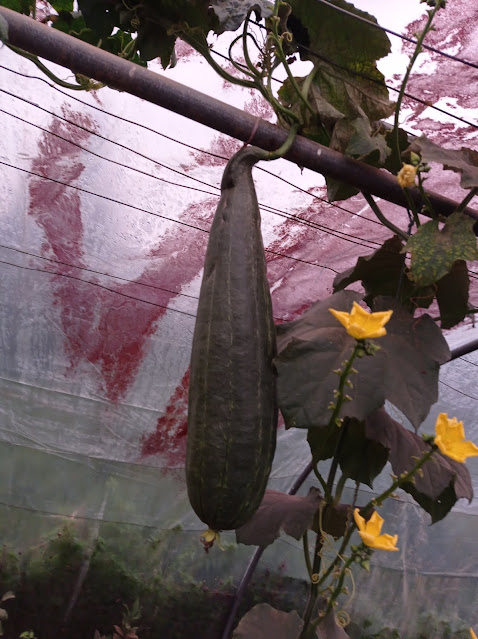
Brussels sprouts. Seven different varieties of brussels sprouts are now growing at my place. Next year i will let them run to seed in order to cross them and try to select ancient brussel sprouts. The idea is to reestablish an open pollinated landrace of brussels sprouts that slowly ripens over a long period of time from the bottom of the plant upwards like the old varieties used to do before modern farming needs modified them to all ripen at the same time. Some heirloom varieties still ripen over an extended period of time but the goal of this project is to see whether an improved brussel sprout plant for the private gardener can be created.












